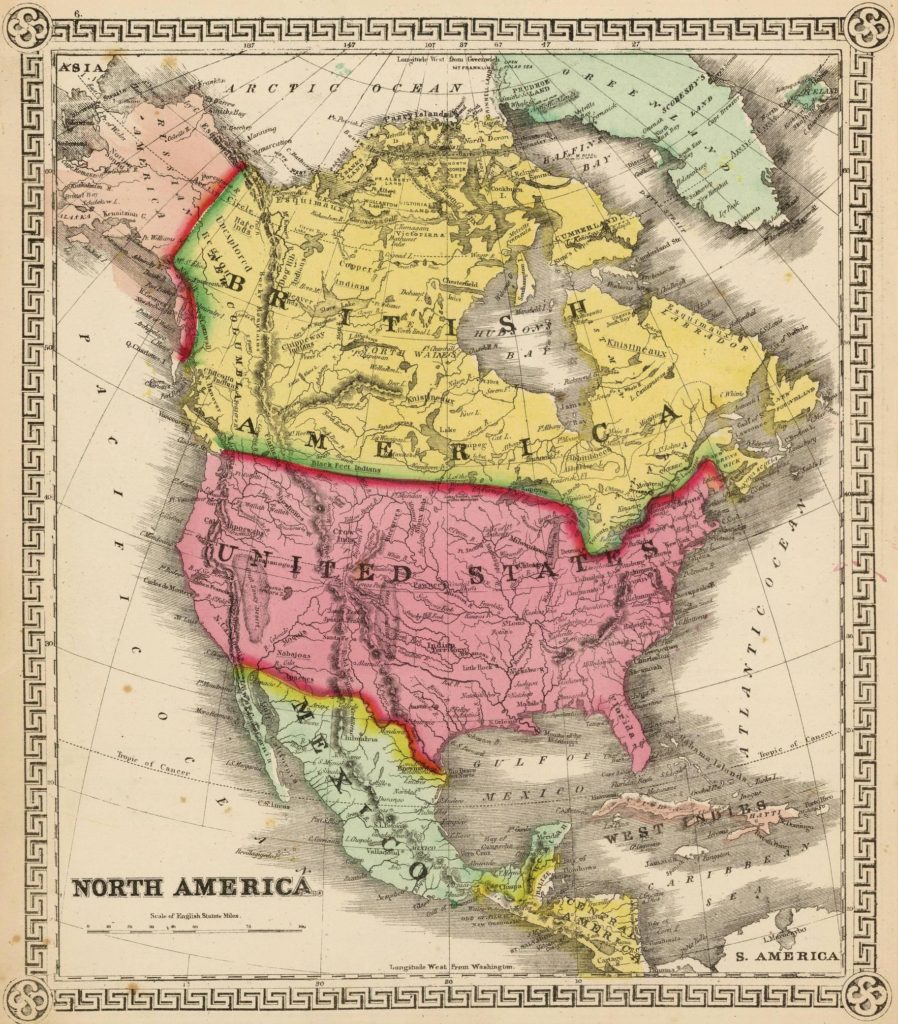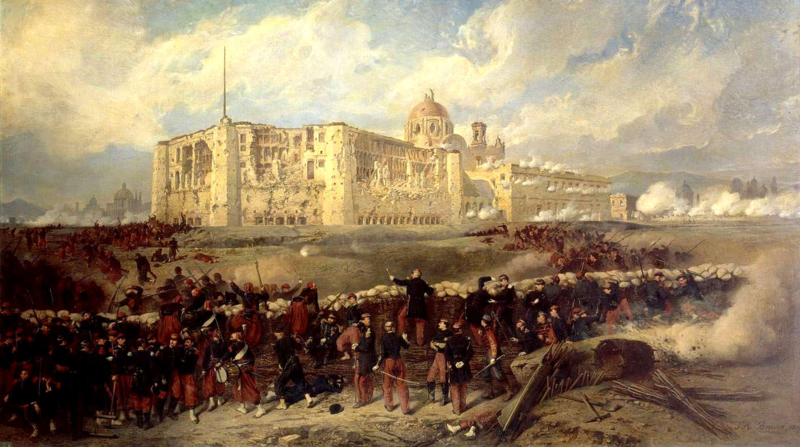See Part I here.
Part II: Canada or Mexico?
The cordiality of British officers in Canada and Grant’s gestures of good will were not enough to quell larger suspicions. The Journal de Québec noted that three Union generals had preceded Grant in Quebec City—Rosecrans, Thomas, and Dix. The newspaper surmised that these officers were coming to the city to gauge support for annexation; if so, they ought to return to the United States, for the cause had never elicited so little support north of the border. A correspondent for Le Courrier de St-Hyacinthe was equally unsympathetic. He commented on Grant’s unremarkable physical appearance and challenged reports that crowds had cheered the illustrious general in his final movements in Quebec City.

In the southern part of Canada West, another reporter expressed disappointment at the sight of Grant and noted “the respectful, but by no means general cheers which greeted him on his departure.” A “superloyal” colonist nearly marred the reception in Stratford by cutting the rope to an American flag flown to welcome Grant, but the flag was sent back up the pole at the last moment. In short, the commander’s visit highlighted Canadians’ fascination with the United States, but also profound differences of opinion concerning the Union and its military success.
Grant’s northern tour did not spur fresh anxiety about an American invasion of Canada. But controversy there nevertheless was. In Quebec City, in the course of a private conversation, the general commented on the state of affairs in Mexico. The 1860s were, in fact, a troubled time for all three political regions of North America. Since 1861, troops supported by France had been seeking to establish a Mexican government friendly to the Second Empire and to secure the international legitimacy of Maximilian I. Although defaults on European loans justified the intervention, Emperor Napoleon III expected that this type of military adventurism would enhance the prestige of his regime. In an interesting twist, while thousands of Canadians fought in the U.S. Civil War, Napoleon’s cause, if not the adventure, drew two Canadians to Mexico—Honoré Beaugrand, an editor and a future mayor of Montreal, and Faucher de Saint-Maurice, who would also become a writer and politician.
The end of the Civil War enabled the American federal government to consider more intently the Emperor’s challenge to the Monroe Doctrine. It is telling of shared Anglo-American interests, even after a series of wartime controversies, that Britain’s foothold on the northern half of the continent did not elicit the level of concern, even outrage, that France provoked by intervening in Mexico.

Grant signified to his Canadian hosts an American willingness to declare war should France continue its aggression. He may have been seeking to determine whether Britain would remain neutral in a hypothetical French-American war, or to communicate an American warning to France outside of official channels. In any event, as he left Canada, Grant seemed far more likely to lead armies to Mexico than to the British colonies in the near future.
A small brouhaha occurred in the Canadian press as some editors questioned the legitimacy of newspaper reports that carried Grant’s remarks—those reports being either inaccurate or gleaned from private conversation and therefore not suitable for publication. Grant was quite aware of the controversy. Writing to friend and confidant General John A. Rawlins, he explained that he had freely shared his personal view of the Mexican affair and that newspaper reports were accurate, except that he had not divulged U.S. troop strength along the Rio Grande or the likely course of action of his government. While in Galena, Grant advised President Johnson to adopt a firm stance and issue a direct warning to France. Canada, it seemed, would be spared.
In the Anglo-American world, there was room for cautious optimism through the final months of 1865. But the relationship between the two great powers was again tested the following year. In March 1866, Congress put an end to commercial reciprocity. Through the next four months, Fenians launched raids into Canada from U.S. soil and tested authorities’ commitment to peace. Although these Irish nationalists were far from gaining official American support—in fact, U.S. officials disarmed certain groups and Grant was sent to the frontier to evaluate the situation—the risk of misunderstandings and escalation arose as it had during the Patriot War.
Outstanding issues stemming from the Civil War, especially property losses attributed to the Alabama, and commercial questions were put to rest with the Treaty of Washington, negotiated by Britain and the United States in 1871. The American president then was Ulysses S. Grant.
Primary Sources
Simon, John Y. Editor. The Papers of Ulysses S. Grant, Vol. 15: May 1-December 31, 1865. Carbondale and Edwardsville: Southern Illinois University Press, 1988, 291-298, 300, 304, 316-317. Retrieved on Google Books.
Newspapers:
- The Caledonian (St. Johnsbury, Vermont), August 11, 1865
- Le Courrier de St-Hyacinthe, August 8 and August 11, 1865
- Le Courrier du Canada, September 22, 1865
- Le Journal de Québec, August 7 and August 18, 1865
- Montreal Herald and Daily Commercial Gazette, August 9, August 18, August 23, and October 13, 1865
Leave a Reply